publications
publications by categories in reversed chronological order. generated by jekyll-scholar.
2025
- UbiComp 2026
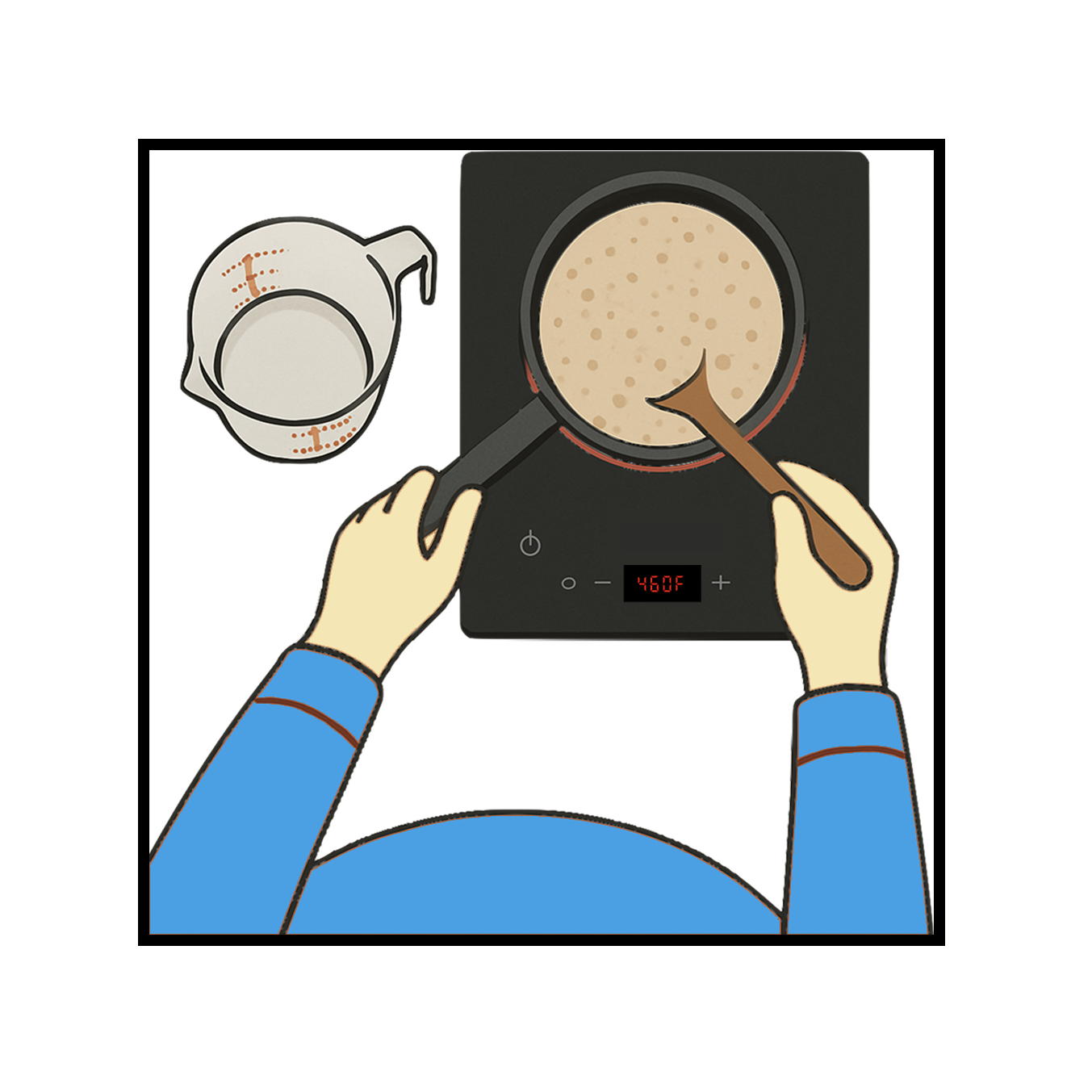 CHEF-VL: Detecting Cognitive Sequencing Errors in Cooking with Vision-Language ModelsRuiqi Wang, Peiqi Gao, Patrick John Lynch, Tingjun Liu, Yejin Lee, Carolyn Baum, Lisa Tabor Connor, and Chenyang LuProceedings of the ACM on Interactive, Mobile, Wearable and Ubiquitous Technologies, 2025
CHEF-VL: Detecting Cognitive Sequencing Errors in Cooking with Vision-Language ModelsRuiqi Wang, Peiqi Gao, Patrick John Lynch, Tingjun Liu, Yejin Lee, Carolyn Baum, Lisa Tabor Connor, and Chenyang LuProceedings of the ACM on Interactive, Mobile, Wearable and Ubiquitous Technologies, 2025 - EMSOFT 2025
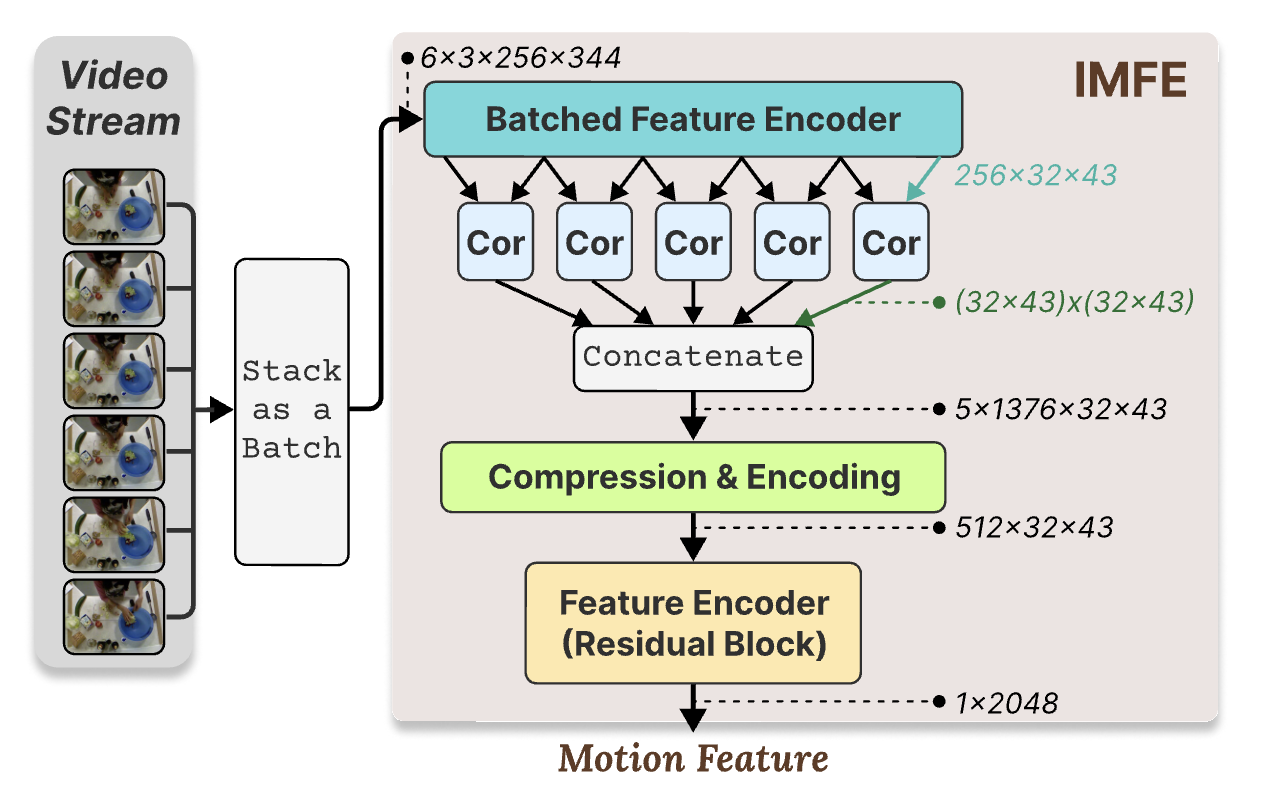 Real-Time Video-Based Human Action Recognition on Embedded PlatformsRuiqi Wang, Zichen Wang, Peiqi Gao, Mingzhen Li, Jaehwan Jeong, Yihang Xu, Yejin Lee, Carolyn Baum, Lisa Connor, and Chenyang LuACM Transactions on Embedded Computing Systems (SPECIAL ISSUE ESWEEK 2025), Sep 2025
Real-Time Video-Based Human Action Recognition on Embedded PlatformsRuiqi Wang, Zichen Wang, Peiqi Gao, Mingzhen Li, Jaehwan Jeong, Yihang Xu, Yejin Lee, Carolyn Baum, Lisa Connor, and Chenyang LuACM Transactions on Embedded Computing Systems (SPECIAL ISSUE ESWEEK 2025), Sep 2025Advances in computer vision and deep learning have made video-based Human Action Recognition (HAR) increasingly feasible. However, running HAR on live video streams encounters significant delays on embedded platforms due to computational demands. This work addresses real-time HAR performance challenges through four key contributions: (1) an experimental study identifying standard Optical Flow (OF) extraction as the primary latency bottleneck in a state-of-the-art HAR pipeline, (2) an analysis of the latency-accuracy trade-off between traditional and deep learning-based OF methods, underscoring the need for an efficient motion feature extractor with minimal impact on accuracy, (3) the design of Integrated Motion Feature Extractor (IMFE), a novel unified neural network architecture that substantially reduces motion feature extraction latency, and (4) the development of RT-HARE, a real-time HAR system optimized for embedded platforms. Experiments on three benchmark datasets of various characteristics using the Nvidia Jetson Xavier NX platform demonstrate that RT-HARE achieves real-time HAR with lower and more stable latency, reduced power consumption, and a smaller memory footprint while maintaining recognition accuracy comparable to more complex server-based HAR models.
@article{wang2025real, author = {Wang, Ruiqi and Wang, Zichen and Gao, Peiqi and Li, Mingzhen and Jeong, Jaehwan and Xu, Yihang and Lee, Yejin and Baum, Carolyn and Connor, Lisa and Lu, Chenyang}, title = {Real-Time Video-Based Human Action Recognition on Embedded Platforms}, year = {2025}, issue_date = {November 2025}, publisher = {Association for Computing Machinery}, address = {New York, NY, USA}, volume = {24}, number = {5s}, issn = {1539-9087}, url = {https://doi.org/10.1145/3761795}, doi = {10.1145/3761795}, journal = {ACM Transactions on Embedded Computing Systems (SPECIAL ISSUE ESWEEK 2025)}, month = sep, articleno = {135}, numpages = {24}, keywords = {Human action recognition, embedded and real-time systems, machine learning systems, computer vision, latency optimization}, note = {<a href="https://esweek.org/schedule/" style="color: orange; font-weight: bold;">2025 ACM SIGBED International Conference on Embedded Software (EMSOFT).</a>}, }
2024
- SEC 2024
 Optimizing Edge Offloading Decisions for Object DetectionJiaming Qiu, Ruiqi Wang, Brooks Hu, Roch Guérin, and Chenyang LuIn 2024 IEEE/ACM Symposium on Edge Computing (SEC), Sep 2024
Optimizing Edge Offloading Decisions for Object DetectionJiaming Qiu, Ruiqi Wang, Brooks Hu, Roch Guérin, and Chenyang LuIn 2024 IEEE/ACM Symposium on Edge Computing (SEC), Sep 2024Recent advances in machine learning and hardware have produced embedded devices capable of performing real-time object detection with commendable accuracy. We consider a scenario in which embedded devices rely on an onboard object detector, but have the option to offload detection to a more powerful edge server when local accuracy is deemed too low. Resource constraints, however, limit the number of images that can be offloaded to the edge. Our goal is to identify which images to offload to maximize overall detection accuracy under those constraints. To that end, the paper introduces a reward metric designed to quantify potential accuracy improvements from offloading individual images, and proposes an efficient approach to make offloading decisions by estimating this reward based only on local detection results. The approach is computationally frugal enough to run on embedded devices, and empirical findings indicate that it outperforms existing alternatives in improving detection accuracy even when the fraction of offloaded images is small. Code for the paper’s solution is available at https://github.com/qiujiaming315/edgeml-object-detection.
@inproceedings{qiu2024optimizing, author = {Qiu, Jiaming and Wang, Ruiqi and Hu, Brooks and Guérin, Roch and Lu, Chenyang}, booktitle = {2024 IEEE/ACM Symposium on Edge Computing (SEC)}, title = {Optimizing Edge Offloading Decisions for Object Detection}, year = {2024}, volume = {}, number = {}, pages = {164-177}, organization = {IEEE}, keywords = {Accuracy;Correlation;Image edge detection;System performance;Estimation;Detectors;Object detection;Real-time systems;Servers;Edge computing;edge AI;object detection;embedded machine learning;distributed computing}, doi = {10.1109/SEC62691.2024.00021}, } - Infection Control
& Hospital
Epidemiology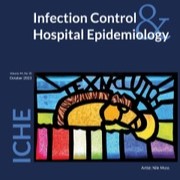 Leveraging Bluetooth low-energy technology to improve contact tracing among healthcare personnel in hospital setting during the coronavirus disease 2019 (COVID-19) pandemicM. Cristina Vazquez Guillamet, Ashraf Rjob, Jingwen Zhang, Ruixuan Dai, Ruiqi Wang, Christopher Damulira, Reshad Hamauon, Jeff Candell, Jennie H. Kwon, Hilary Babcock, and 1 more authorInfection Control & Hospital Epidemiology, Sep 2024
Leveraging Bluetooth low-energy technology to improve contact tracing among healthcare personnel in hospital setting during the coronavirus disease 2019 (COVID-19) pandemicM. Cristina Vazquez Guillamet, Ashraf Rjob, Jingwen Zhang, Ruixuan Dai, Ruiqi Wang, Christopher Damulira, Reshad Hamauon, Jeff Candell, Jennie H. Kwon, Hilary Babcock, and 1 more authorInfection Control & Hospital Epidemiology, Sep 2024To improve contact tracing for healthcare workers, we built and configured a Bluetooth low-energy system. We predicted close contacts with great accuracy and provided an additional contact yield of 14.8%. This system would decrease the effective reproduction number by 56% and would unnecessarily quarantine 0.74% of employees weekly.
2023
- RTSS 2023
Best Student
Paper Award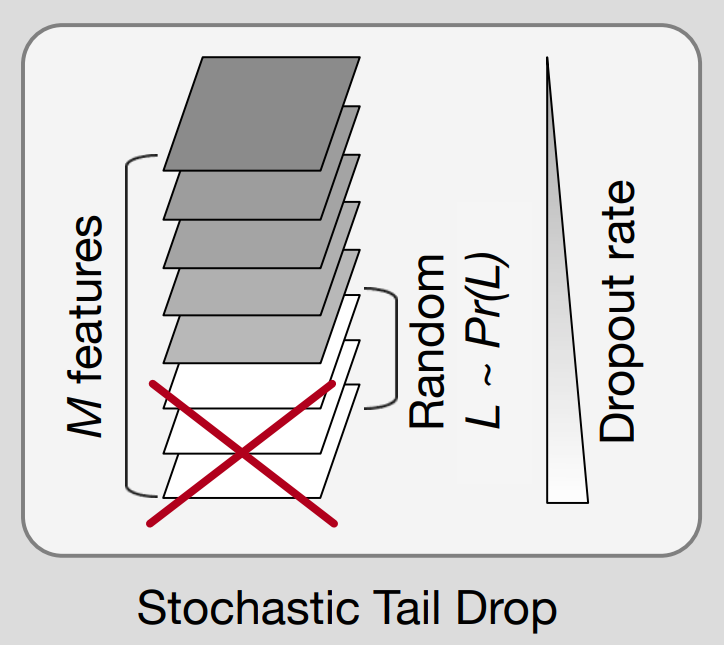 Progressive Neural Compression for Adaptive Image Offloading Under Timing ConstraintsRuiqi Wang, Hanyang Liu, Jiaming Qiu, Moran Xu, Roch Guérin, and Chenyang LuIn 2023 IEEE Real-Time Systems Symposium (RTSS), Sep 2023Best Student Paper Award
Progressive Neural Compression for Adaptive Image Offloading Under Timing ConstraintsRuiqi Wang, Hanyang Liu, Jiaming Qiu, Moran Xu, Roch Guérin, and Chenyang LuIn 2023 IEEE Real-Time Systems Symposium (RTSS), Sep 2023Best Student Paper AwardBest Student Paper Award
IoT devices are increasingly the source of data for machine learning (ML) applications running on edge servers. Data transmissions from devices to servers are often over local wireless networks whose bandwidth is not just limited but, more importantly, variable. Furthermore, in cyber-physical systems interacting with the physical environment, image offloading is also commonly subject to timing constraints. It is, therefore, important to develop an adaptive approach that maximizes the inference performance of ML applications under timing constraints and the resource constraints of IoT devices. In this paper, we use image classification as our target application and propose progressive neural compression (PNC) as an efficient solution to this problem. Although neural compression has been used to compress images for different ML applications, existing solutions often produce fixed-size outputs that are unsuitable for timing-constrained offloading over variable bandwidth. To address this limitation, we train a multi-objective rateless autoencoder that optimizes for multiple compression rates via stochastic taildrop to create a compression solution that produces features ordered according to their importance to inference performance. Features are then transmitted in that order based on available bandwidth, with classification ultimately performed using the (sub)set of features received by the deadline. We demonstrate the benefits of PNC over state-of-the-art neural compression approaches and traditional compression methods on a testbed comprising an IoT device and an edge server connected over a wireless network with varying bandwidth.
@inproceedings{10405983, author = {Wang, Ruiqi and Liu, Hanyang and Qiu, Jiaming and Xu, Moran and Guérin, Roch and Lu, Chenyang}, booktitle = {2023 IEEE Real-Time Systems Symposium (RTSS)}, title = {Progressive Neural Compression for Adaptive Image Offloading Under Timing Constraints}, year = {2023}, volume = {}, number = {}, pages = {118-130}, keywords = {Performance evaluation;Image coding;Image edge detection;Bandwidth;Timing;Internet of Things;Servers;neural compression;edge offloading;image classification;real-time transmission}, doi = {10.1109/RTSS59052.2023.00020}, note = {<span style="color: orange; font-weight: bold;">Best Student Paper Award</span>}, } - UbiComp 2023
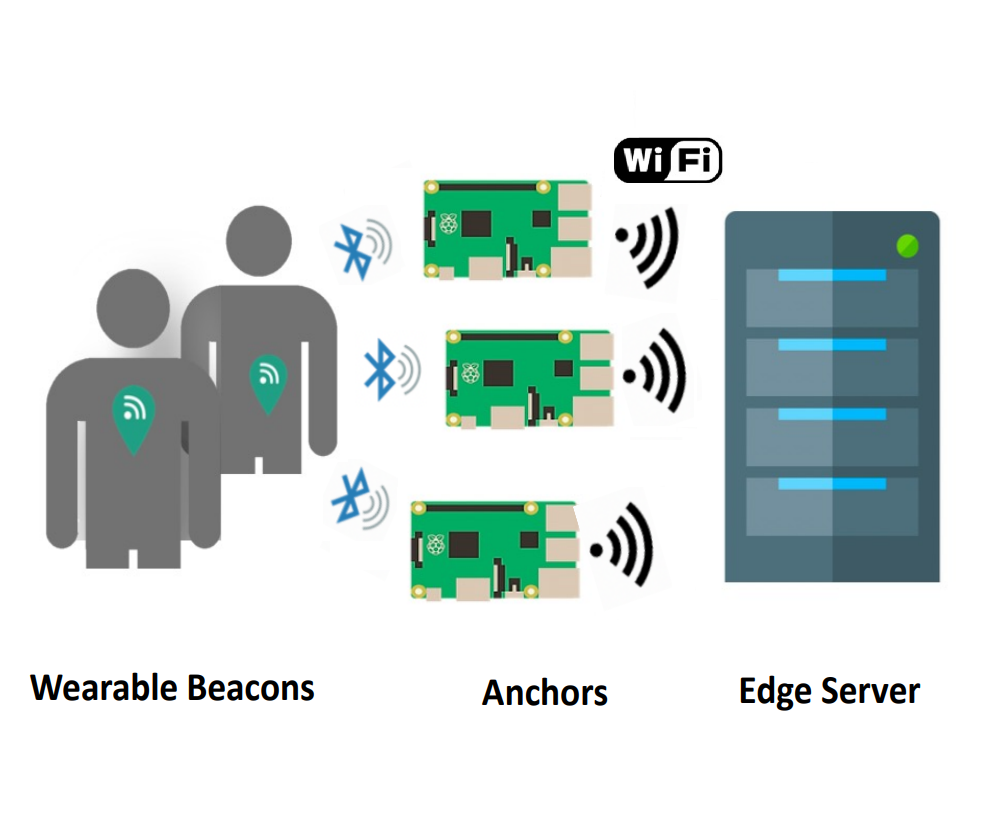 Contact Tracing for Healthcare Workers in an Intensive Care UnitJingwen Zhang, Ruixuan Dai, Ashraf Rjob, Ruiqi Wang, Reshad Hamauon, Jeffrey Candell, Thomas Bailey, Victoria J. Fraser, Maria Cristina Vazquez Guillamet, and Chenyang LuProc. ACM Interact. Mob. Wearable Ubiquitous Technol., Sep 2023
Contact Tracing for Healthcare Workers in an Intensive Care UnitJingwen Zhang, Ruixuan Dai, Ashraf Rjob, Ruiqi Wang, Reshad Hamauon, Jeffrey Candell, Thomas Bailey, Victoria J. Fraser, Maria Cristina Vazquez Guillamet, and Chenyang LuProc. ACM Interact. Mob. Wearable Ubiquitous Technol., Sep 2023Contact tracing is a powerful tool for mitigating the spread of COVID-19 during the pandemic. Front-line healthcare workers are particularly at high risk of infection in hospital units. This paper presents ContAct TraCing for Hospitals (CATCH), an automated contact tracing system designed specifically for healthcare workers in hospital environments. CATCH employs distributed embedded devices placed throughout a hospital unit to detect close contacts among healthcare workers wearing Bluetooth Low Energy (BLE) beacons. We first identify a set of distinct contact tracing scenarios based on the diverse environmental characteristics of a real-world intensive care unit (ICU) and the different working patterns of healthcare workers in different spaces within the unit. We then develop a suite of novel contact tracing methods tailored for each scenario. CATCH has been deployed and evaluated in the ICU of a major medical center, demonstrating superior accuracy in contact tracing over existing approaches through a wide range of experiments. Furthermore, the real-world case study highlights the effectiveness and efficiency of CATCH compared to standard contact tracing practices.
@article{10.1145/3610924, author = {Zhang, Jingwen and Dai, Ruixuan and Rjob, Ashraf and Wang, Ruiqi and Hamauon, Reshad and Candell, Jeffrey and Bailey, Thomas and Fraser, Victoria J. and Guillamet, Maria Cristina Vazquez and Lu, Chenyang}, title = {Contact Tracing for Healthcare Workers in an Intensive Care Unit}, year = {2023}, issue_date = {September 2023}, publisher = {Association for Computing Machinery}, address = {New York, NY, USA}, volume = {7}, number = {3}, url = {https://doi.org/10.1145/3610924}, doi = {10.1145/3610924}, journal = {Proc. ACM Interact. Mob. Wearable Ubiquitous Technol.}, month = sep, articleno = {141}, numpages = {23}, keywords = {Internet of things (IoT), Bluetooth Low Energy, Contact Tracing, Covid-19}, }
2022
- EMSOFT 2022
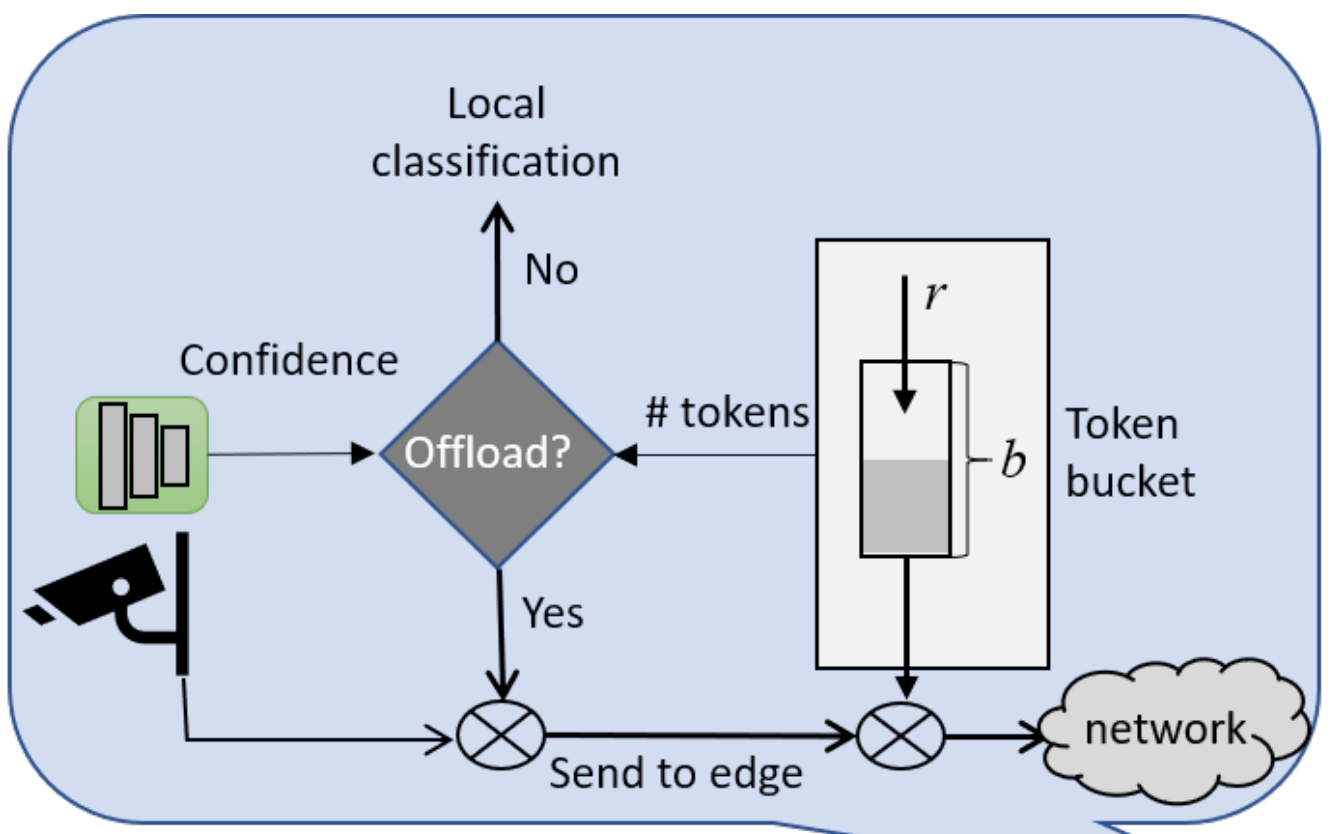 Adaptive Edge Offloading for Image Classification Under Rate LimitJiaming Qiu, Ruiqi Wang, Ayan Chakrabarti, Roch Guerin, and Chenyang LuIEEE Transactions on Computer-Aided Design of Integrated Circuits and Systems, Nov 2022
Adaptive Edge Offloading for Image Classification Under Rate LimitJiaming Qiu, Ruiqi Wang, Ayan Chakrabarti, Roch Guerin, and Chenyang LuIEEE Transactions on Computer-Aided Design of Integrated Circuits and Systems, Nov 2022This article considers a setting where embedded devices are used to acquire and classify images. Because of limited computing capacity, embedded devices rely on a parsimonious classification model with uneven accuracy. When local classification is deemed inaccurate, devices can decide to offload the image to an edge server with a more accurate but resource-intensive model. Resource constraints, e.g., network bandwidth, however, require regulating such transmissions to avoid congestion and high latency. This article investigates this offloading problem when transmissions regulation is through a token bucket, a mechanism commonly used for such purposes. The goal is to devise a lightweight, online offloading policy that optimizes an application-specific metric (e.g., classification accuracy) under the constraints of the token bucket. This article develops a policy based on a deep Q-network (DQN), and demonstrates both its efficacy and the feasibility of its deployment on embedded devices. Of note is the fact that the policy can handle complex input patterns, including correlation in image arrivals and classification accuracy. The evaluation is carried out by performing image classification over a local testbed using synthetic traces generated from the ImageNet image classification benchmark.
@article{article, author = {Qiu, Jiaming and Wang, Ruiqi and Chakrabarti, Ayan and Guerin, Roch and Lu, Chenyang}, year = {2022}, month = nov, pages = {1-1}, title = {Adaptive Edge Offloading for Image Classification Under Rate Limit}, volume = {41}, journal = {IEEE Transactions on Computer-Aided Design of Integrated Circuits and Systems}, doi = {10.1109/TCAD.2022.3197533}, }